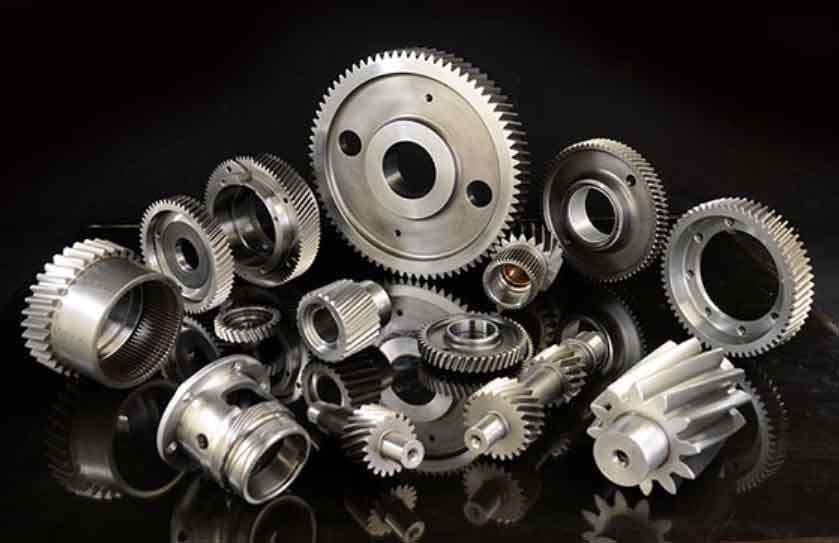Helical gears offer several advantages that improve the efficiency and load distribution in gearboxes, making them popular choices for various power transmission applications. Here’s how helical gears enhance gearbox performance:

- Efficiency: Helical gears have a helix angle, which causes the teeth to engage gradually as the gears rotate. This smooth engagement reduces the impact and sliding friction between teeth, leading to higher mechanical efficiency compared to spur gears. The reduced friction results in less power loss and greater overall gearbox efficiency.
- Load Distribution: The helical tooth design allows for multiple teeth to be in contact simultaneously, distributing the load more evenly across the gear face. This broader contact area helps to minimize stress concentrations on individual teeth and gear surfaces. As a result, helical gears can handle higher loads and transmit more torque, making them suitable for heavy-duty applications.
- Reduced Noise and Vibration: The gradual engagement and disengagement of helical gears reduce gear mesh noise and vibration. This feature is particularly important in applications where quiet operation is required, such as in precision machinery and automotive transmissions.
- Backlash Reduction: Helical gears have inherently lower backlash compared to spur gears. The helix angle minimizes the gap between mating teeth, resulting in smoother motion and less play between gears. Reduced backlash is essential for applications requiring precise and reversible motion, such as robotics and machine tools.
- Axial Thrust Reduction: The helix angle of helical gears generates axial thrust, which tends to push the gears along their shafts. This thrust is often offset by the use of thrust bearings. However, in some cases, helical gears can be designed with opposing helix angles on each gear to cancel out the axial thrust, leading to reduced reliance on thrust bearings.
- Higher Speed Ratios: Due to the gradual engagement of teeth, helical gears can achieve higher speed ratios compared to spur gears. This capability makes them suitable for applications requiring speed reduction or amplification.
- Compact Design: Helical gears provide a more compact design compared to other types of gears, as they can transmit the same amount of power with smaller gear sizes. This compactness is advantageous in applications with limited space or where weight reduction is crucial.
Overall, the helical gear’s superior load distribution, reduced noise and vibration, higher efficiency, and compact design make it a preferred choice in gearbox applications, where performance and reliability are essential. Whether in automotive transmissions, industrial gearboxes, or other mechanical systems, helical gears play a crucial role in enhancing the overall performance and longevity of gearboxes.
